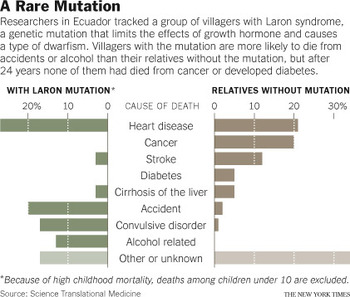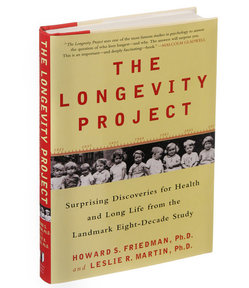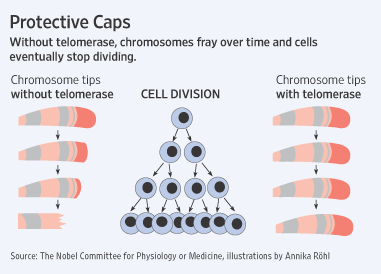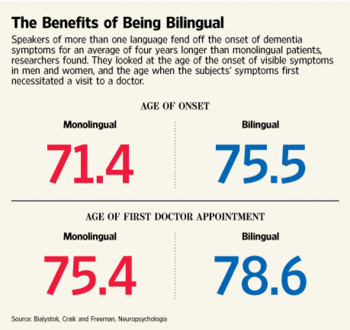Source of book image: online version of the WSJ review quoted and cited below.
(p. A13) Ms. Arrison is in the hopeful camp. She recounts advances in stem-cell research, pharmaceuticals and synthetic biology. And the tinkering with genes still goes on. We learn about Dr. Cynthia Kenyon at the University of California in San Francisco, who discovered that the life span of the tiny worm Caenorhabditis elegans could be doubled by partially disabling a single gene. Further improvements on the technique resulted in worms living six times longer than normal. “In human terms,” Ms. Arrison says, “they be the equivalent of healthy, active five-hundred-year-olds.” That may be a bit much to expect, but Ms. Arrison says she is confident that “human life expectancy will one day reach 150 years.”
. . .
What is more, technology heavyweights are paying attention, including Bill Gates (if he were a teenager today, Mr. Gates once said, he’d be “hacking biology”) and Jeff Bezos (“atom by atom we’ll assemble small machines that will enter cell walls and make repairs”). Larry Ellison, of Oracle, started a foundation more than a decade ago to support anti-aging research; the institution donates about $42 million a year.
. . .
And if humans do begin living to 150, then what?
. . .
. . . , Ms. Arrison argues that apocalyptic prophecies are unlikely to be realized. Increasing wealth and mankind’s adaptability and ingenuity mean that as new problems emerge, new solutions will be forthcoming. “In looking at the trends of history,” she says, “we can see that even when there are downsides to a particular wealth- or health-enhancing technology, the problem is often fixed once the population reaches a point where it feels secure in spending the resources to do so.”
For the full review, see:
NICK SCHULZ. “BOOKSHELF; Bioengineering Methuselah; Human beings living to be 150? And you thought Social Security and Medicare were in trouble now.” The Wall Street Journal (Weds., August 31, 2011): A13.
(Note: ellipses added.)
Book under review:
Arrison, Sonia. 100 Plus: How the Coming Age of Longevity Will Change Everything, from Careers and Relationships to Family and Faith. New York: Basic Books, 2011.










